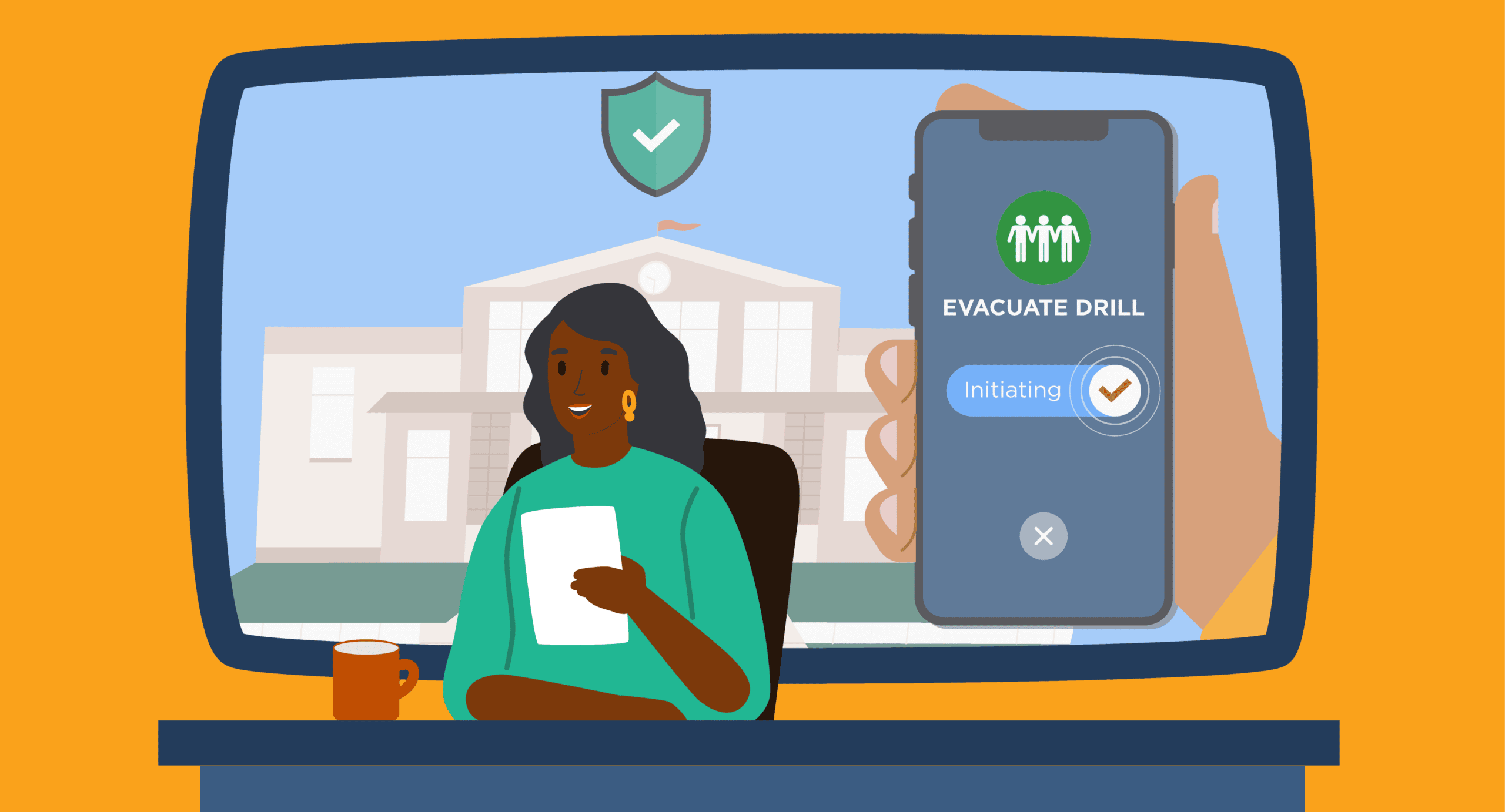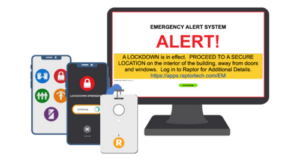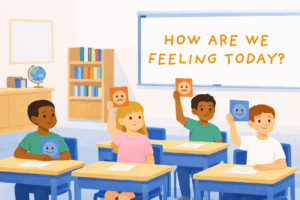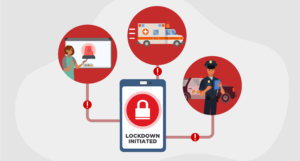Listen to this blog
4 minutes
“The reason why communication is so important is because it is truly the foundation of all of those elements for preparation, planning, response, and recovery efforts.” Rick J. Kaufman, Executive Director of Community Relations and Emergency Management for Bloomington (MN) Public Schools
When an emergency arises, having pre-planned instructions to share across all available channels means your staff and emergency responders will be receiving clear, uniform messages. It will help reduce anxiety because those involved will know what to expect as well as what their options are, and emergency responders will be able to more quickly reach the people who need help.
To include communications in your emergency response plan, consider the following:
1. Who: Know who owns communications
Having assigned duties regarding who owns official communication during an emergency lessens uncertainty. Staff and other involved persons can share relevant information with your emergency communications team, helping your district to speak with one voice—reducing mixed or conflicting messages during high-stress situations.
Questions to answer:
- Who will be on the emergency communications team?
- Who will create the prepared statements?
- Who will be responsible for communicating with emergency responders?
- Who will be responsible for communicating with the public?
- Who else do you need to communicate with? For example, does your campus neighbor another community center, such as a recreation center, daycare, or church? Do your off-site reunification locations need to be notified?
2. What: Prepare response statements in advance
Prepare statements in advance so messages can be copied and pasted, reducing human error in the high-stress moments of an emergency. Know what happens when an incident occurs so you can communicate instructions and updates clearly and accurately.
Questions to answer:
- What is the district’s emergency response plan?
- What key information do you want shared publicly? For example, are there existing emergency protocols and policies you can share when a situation arises?
- What information needs to be shared with emergency responders?
- Where will prepared statements be saved?
3. Where: Know your channels
Know where your communications team will be sharing your prepared statements, and have it clearly listed in your communications plan. Providing a clear plan will help reduce human error and help make sure your messages reach the widest audience as deemed appropriate.
Questions to answer:
- Where will you communicate with emergency responders?
- What mass notification and rapid notification systems do you have in place for communicating with staff and parents?
- What mass media connections will you utilize?
- What social media outlets does your district have a presence on? Having a plan for social media is important. Most of your stakeholders—students and parents in addition to district staff—use social media, and they’ll use it to both share and learn about an emergency. The district needs to be prepared to share official updates via that avenue as well.
- What single-point integration capabilities do you have for sharing communications?
Transparency is Key
“The better prepared you are and the more transparent you are with your stakeholders, the better you’ll be on the outcome.” Rick J. Kaufman, Executive Director of Community Relations and Emergency Management for Bloomington (MN) Public Schools
District transparency regarding emergency responses will not only help your stakeholders follow the prescribed safety protocols, but it also gives them the knowledge they need to help ease some of the anxiety resulting from the event.
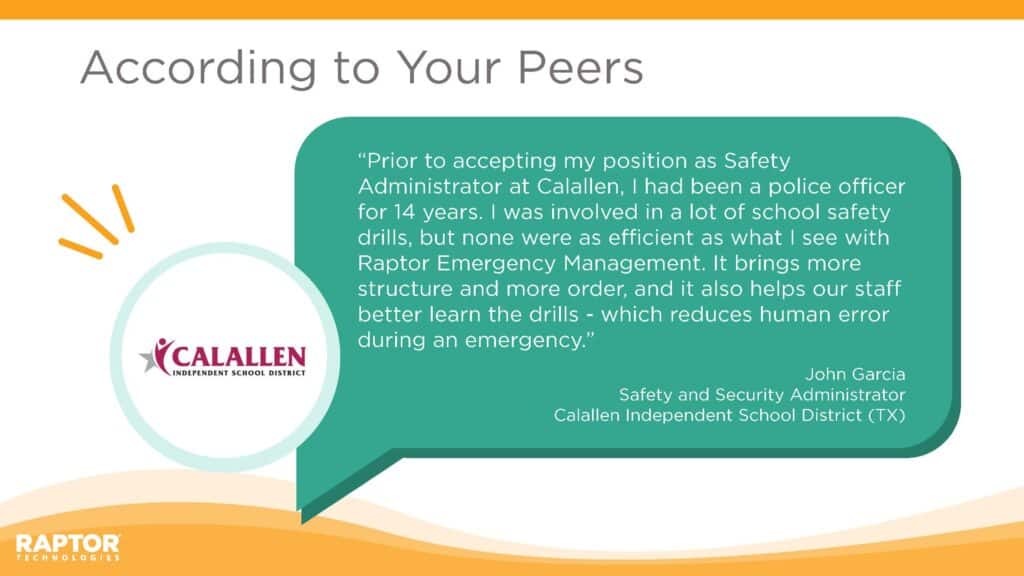
Raptor Can Help
Raptor Emergency Management System empowers districts with the ability to:
- Connect to first responders via mobile application, phone, or text (where available)—communications automatically include the user’s name, callback number, precise location within the school, and other details;
- Communicate with all users—group chats, either with a general or admin only option, within the app provide critical communication capabilities during an emergency, easing stress and directing resources efficiently; and
- Automatically send situation-specific alerts—sent via text, phone, email, desktop notifications, and push notification, the push notifications show and play audio even if the phone is in silent/do not disturb mode to help inform your staff an emergency is taking place.
- Activate safety technologies from a single point—Raptor Connect streamlines a school’s digital emergency response activations, speeding notifications and minimizing the impact of the situation.
Want to learn more about how Raptor can support your district’s emergency response plan? Speak with a specialist!
Related Resources
Guide to K-12 Emergency Management
Proven Strategies to Protect Your School
Listen to this blog
4 minutes
